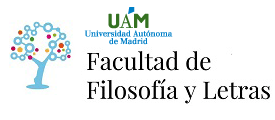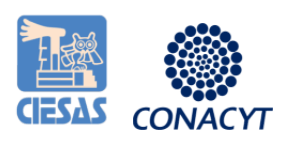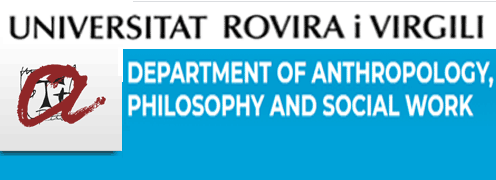Child YouTubers and Digital Communities: Audience Interaction and Content Moderation in Family-Oriented Channels
The rise of social media has reshaped digital content production and consumption, leading to the emergence of child YouTubers—minors who feature in videos on platforms like YouTube, attracting large audiences and generating significant economic revenue. This phenomenon, however, raises critical ethical, legal, and social concerns, particularly regarding privacy, child exploitation, and the construction of virtual communities around these young content creators.
This study employs digital ethnography to examine audience interactions in the comment sections of four YouTube channels featuring children: FamilyTube, Tekendo, La Famililink, and Family Fun Pack. Data was collected and processed using automated tools to identify interaction patterns, engagement levels, and audience concerns. Findings indicate that most comments are overwhelmingly positive, reinforcing a narrative of admiration and support. However, the near absence of negative comments suggests the presence of active moderation mechanisms that may create echo chambers, restricting debate and critical engagement. Additionally, the frequent disabling of comments on videos where children play a central role limits audience participation and critical discourse on content dynamics.
These findings underscore the extent of creator-driven control over the public image of child YouTubers and the shaping of their digital communities. Ultimately, this study highlights the necessity of balancing child protection with fostering open discussions, advocating for a safer, more inclusive, and critically engaged digital environment.
(*)El autor o autora no ha asociado ningún archivo a este artículo









